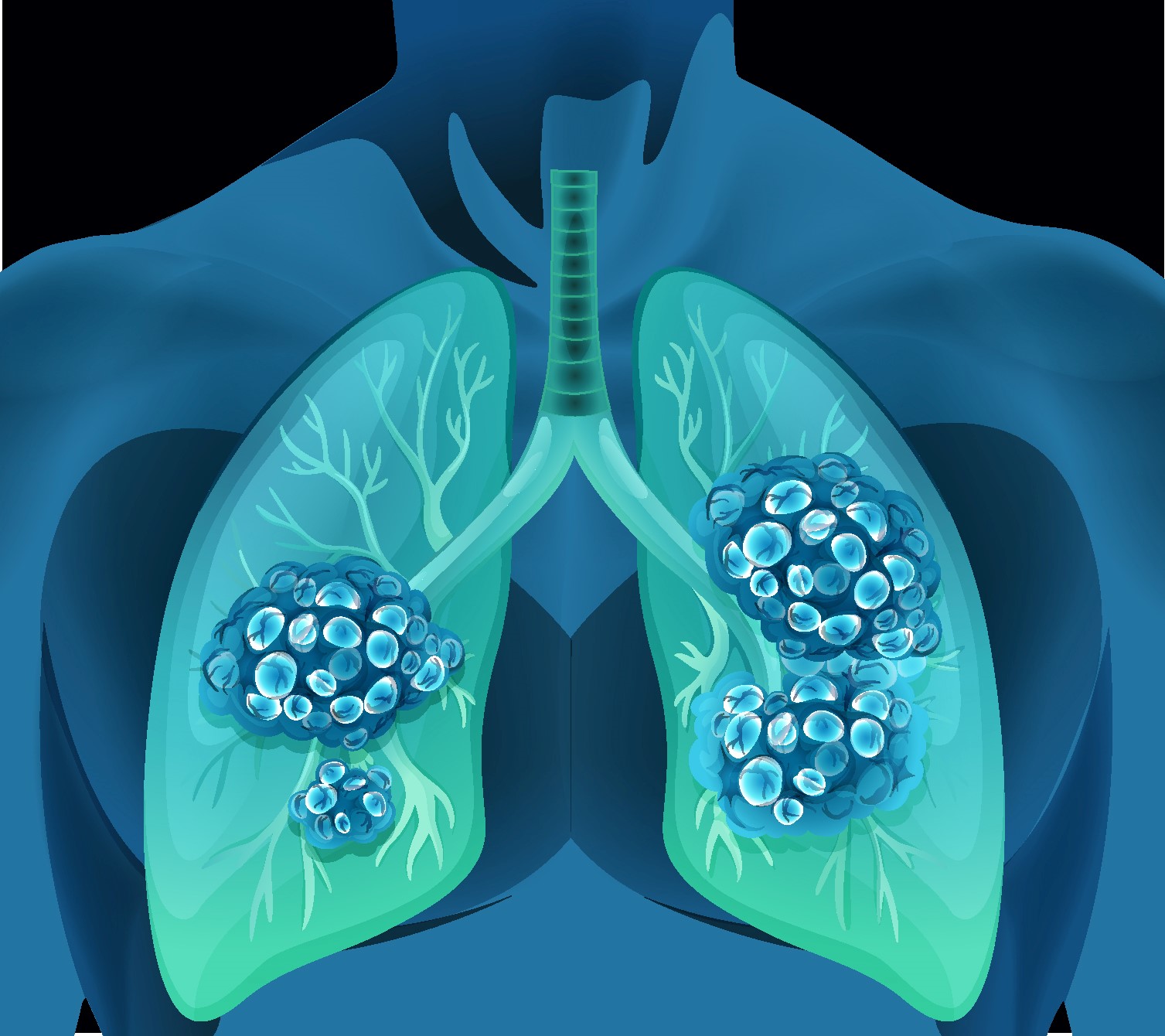Because of improved chest imaging sensitivity and frequency, peripheral pulmonary lesions (PPL) are increasing. Current clinical guidelines recommend tissue diagnosis for PPLs suspected of having lung cancer. A bronchoscopic technique called radial endobronchial ultrasonography (R-EBUS) is utilized. The ability to move the radial probe accurately has been shown to affect diagnostic yield. On the other hand, they can learn such talents through simulation training. Three-dimensional (3D) printing has been utilized to create training simulations for regular bronchoscopy, but analogous tools for R-EBUS have yet to be developed. The construction and evaluation of a unique ultrasound-compatible, anatomically correct 3D-printed R-EBUS simulator as a teaching tool are described. 3D-printed airway models with ultrasound-compatible PPLs of “low” and “high” technical difficulties were created using computed CT scans. Twenty-one people were divided into two groups based on their prior R-EBUS experience. The intervention group had 15 minutes to use a 3D-printed model to pre-train R-EBUS, whereas the nonintervention group did not. After that, both groups performed R-EBUS on 3D-printed models and were assessed using a specially constructed evaluation tool.
The intervention group scored higher (21.5 ± 2.02) than the nonintervention group (17.1 ± 5.7), indicating a 26% improvement in performance (P = 0.03) for the “low-difficulty” model. The intervention group scored 20.2 ± 4.21 versus 13.3 ± 7.36 on the “high-difficulty” model, indicating a 52% improvement in performance (P = 0.02). Regardless of prior experience, participants benefited from pretraining with the 3D-printed model. Simulators for R-EBUS education can be created using 3D printing. Both novice and expert learners benefit from training with these models since it enhances procedural performance dramatically.
Reference:www.atsjournals.org/doi/full/10.34197/ats-scholar.2020-0152OC


